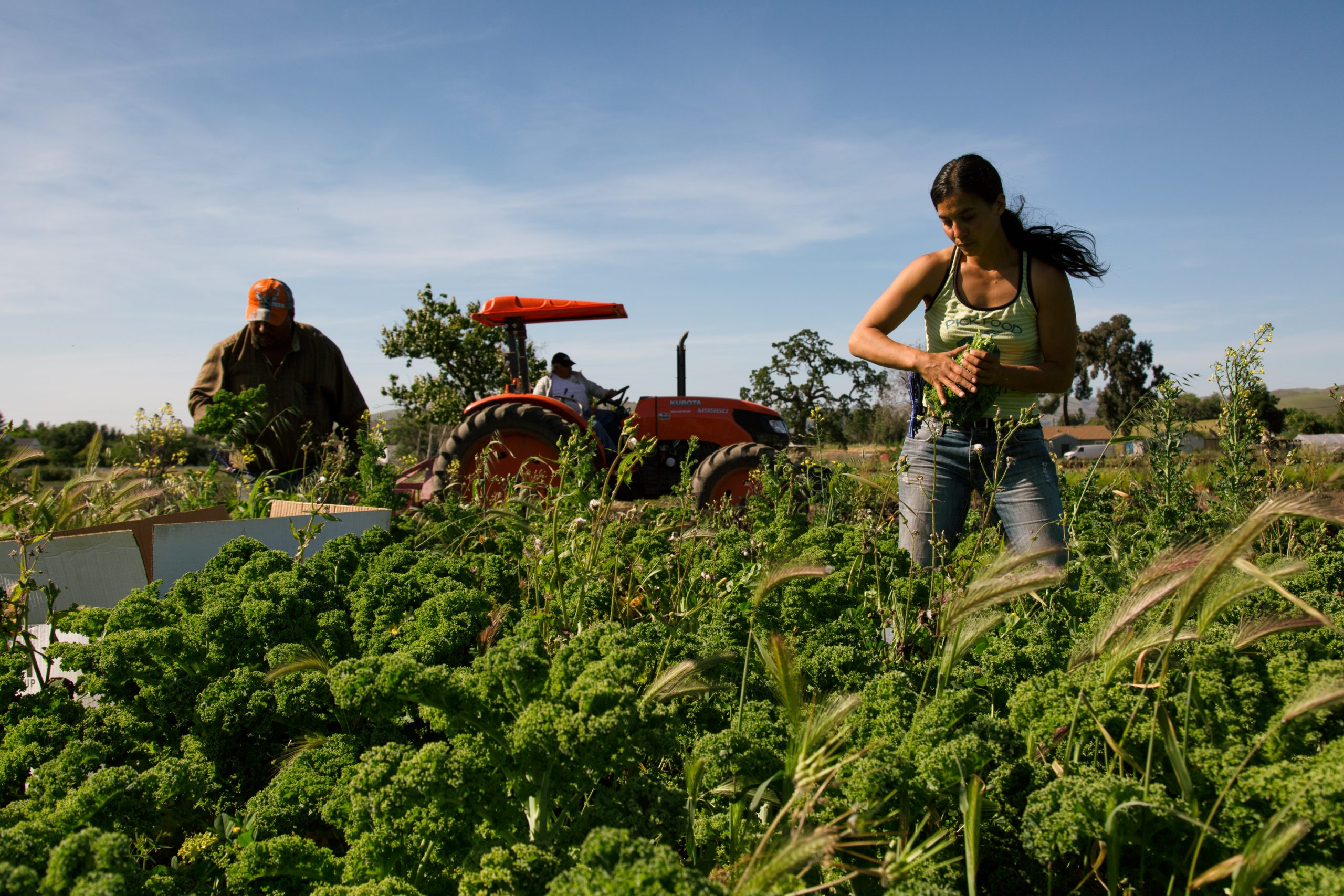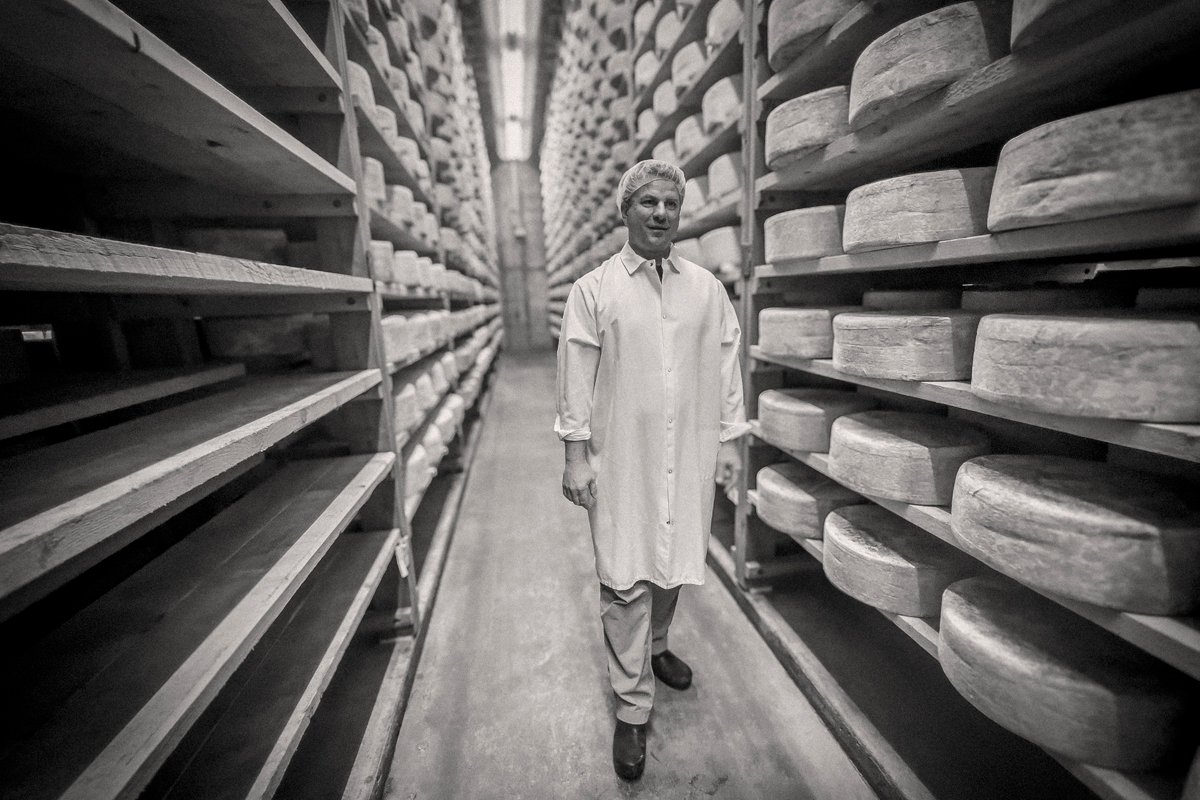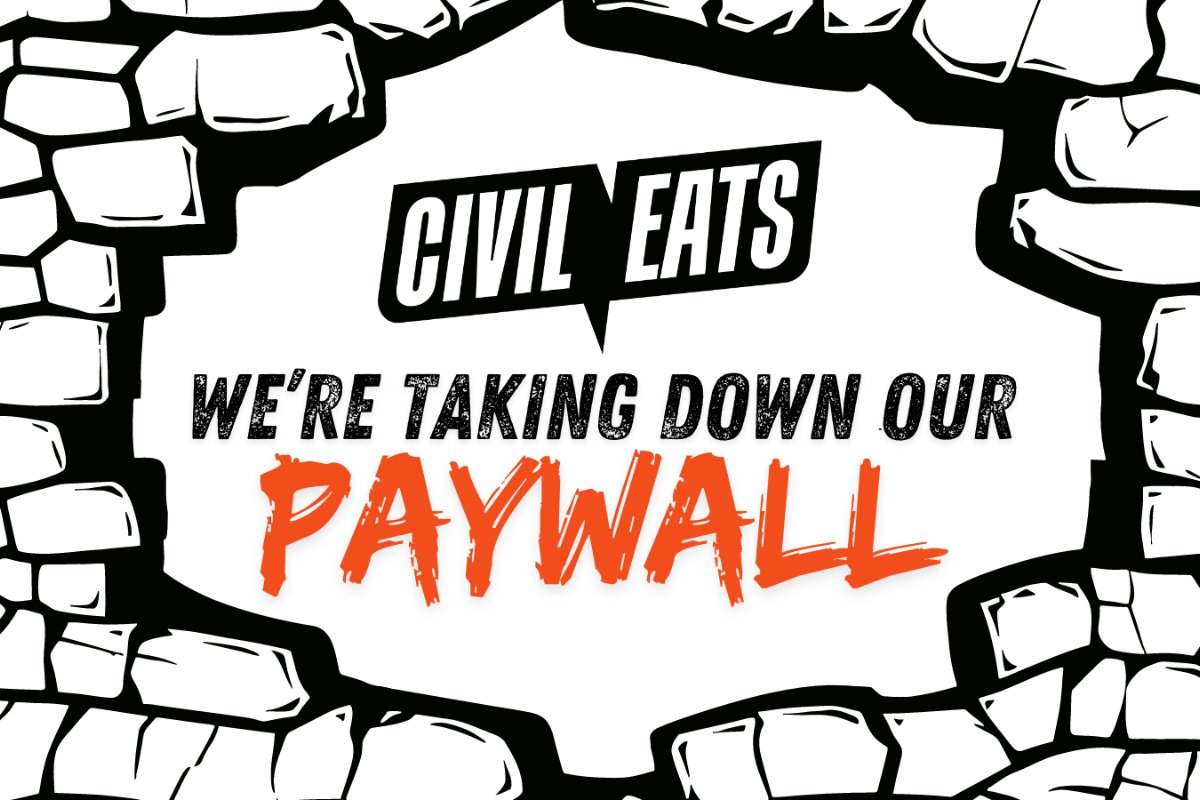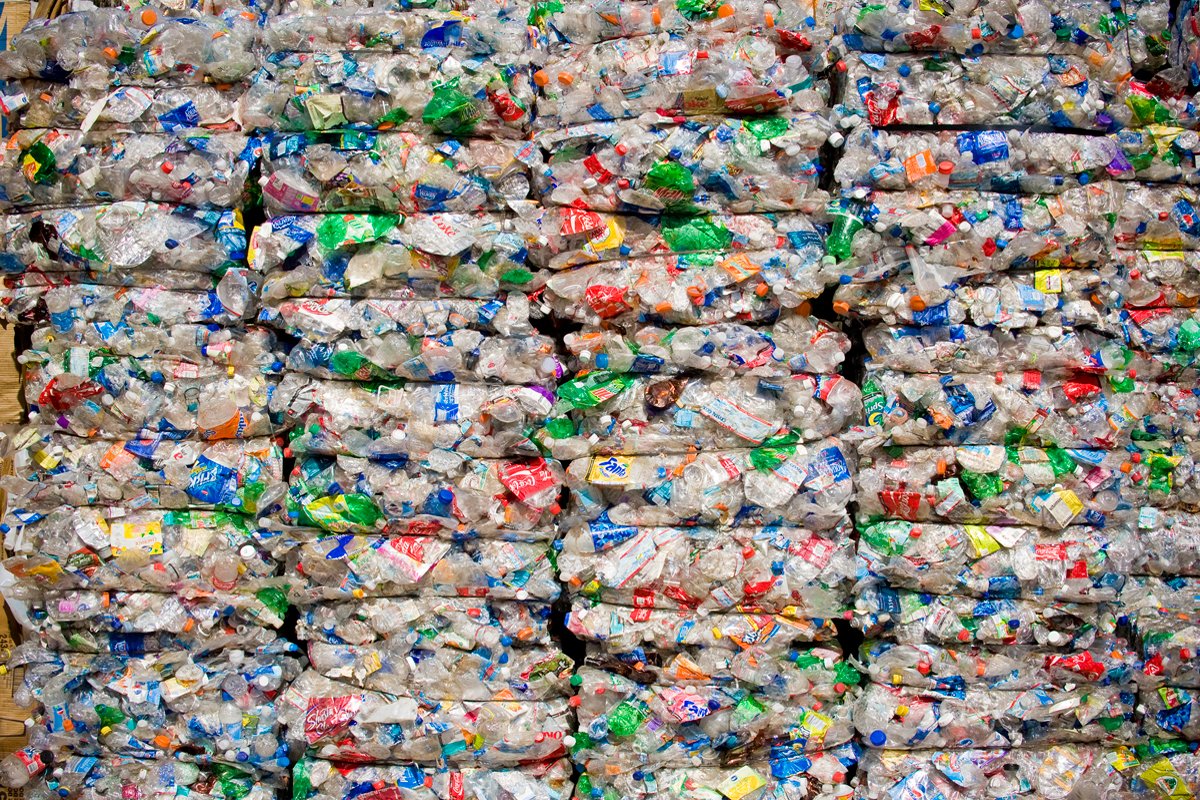Advocates say young and disadvantaged farmers won’t benefit from the latest stimulus funds, and nor do those selling directly to consumers.

Advocates say young and disadvantaged farmers won’t benefit from the latest stimulus funds, and nor do those selling directly to consumers.
June 1, 2020

On a recent weekday afternoon, Marsha Habib was delivering more than 100 boxes of produce to Bay Area customers in her Chevy pickup. The young farmer was exhausted from lack of sleep and disheartened about not being able to harvest a large field of lettuce that she had grown for Stanford University dining halls now shuttered by the pandemic.
“We were planning to move pallets of lettuce. We can only put so many in our CSA boxes,” Habib said. “We’ve put so much work into these crops. . . . To see them come to harvest and not be able to pick them, it’s a bummer.”
Habib, who runs the 20-acre Hollister-based farm, Oya Organics, has lost most of her sales to restaurants and campus dining services, and several farmers’ markets. Instead, practically overnight, and lacking any prior know-how, she has created a community supported agriculture (CSA) subscription to move some of her produce to new customers.
With no online ordering platform, no refrigerated truck, and no one to care for her two school-age children, Habib said she and seven other employees are working non-stop to keep the operation afloat. “We’re just scraping by, trying to make it work,” the 38-year-old told Civil Eats.
Like many other farmers, Habib probably won’t benefit from the billions of dollars in aid earmarked to help struggling U.S. farmers survive the crisis. Last week, the signature piece of the farmer bailout program, the Coronavirus Food Assistance Program (CFAP), opened for applications. It largely leaves out farmers like Habib, or those who rely on direct-to-consumer sales and wholesale accounts.
Although tens of millions have been designated to help farmers survive the pandemic, most small, sustainable growers, including young and minority farmers and ranchers, will likely be left to fend for themselves.
“It seems like anything that comes from the government is geared to large commodity farmers.”
“We could definitely use the financial help to be able to continue operations,” said Habib. “But it seems like anything that comes from the government is geared to large commodity farmers.”
Over the past two months, farmers large and small have faced difficult choices.
The virus has forced producers to plow ripe vegetables under or let them rot in the fields, abort baby pigs, euthanize chickens, hogs, and cattle, and dump milk. According to a Congressional Research Service report, COVID-related losses for agriculture approached $40 billion as of early May. Local and regional farmers, in particular, have seen significant disruptions. The National Sustainable Agriculture Coalition estimates a loss of up to $1.32 billion from lost local and regional sales from March to May 2020.
While some small farms have been able to transform their business models or ramp up sales through CSAs (which have, in some cases, doubled or tripled their memberships), not everyone has been able to pivot successfully, said Rachel Armstrong, the founder and executive director of Farm Commons, a national group that provides legal resources for farmers.
“We’re seeing a lot of hurt, even from folks facing a surge in demand,” she said.
The sudden shift was only feasible to farmers with existing CSA programs or those with the resources and know-how to create one quickly, Armstrong said. Many farmers also had already planted their spring crops by the time the pandemic hit, making it impossible to shift to the type or volume of crops required by CSA subscribers.
Some farmers also couldn’t find enough workers as farmworkers tested positive for COVID-19 or opted to shelter in place and receive unemployment. Others lost off-farm jobs, which are critical for providing health insurance, and income—especially for new and young farmers who don’t make a profit on the farm for the first few years, Armstrong said. And many had to take care of out-of-school children. Even those with the capacity to pivot incurred new costs, she said, including added transportation, product packaging, marketing, and online sales costs.
The federal government has rolled out several programs aimed at helping farmers—including loans and direct payments—through the stimulus package. CFAP is geared to farmers who have suffered a 5 percent or greater price loss due to the pandemic. The American Farm Bureau Federation, which lobbies for large agribusinesses, has praised the program.
But while language in the CARES Act specifically includes “producers that supply local food systems, including farmers’ markets, restaurants, and schools,” critics say those producers are largely left out. Instead, the bulk of the $16 billion in direct payments will go to the biggest producers, especially those growing commodity crops, because of the way program rules are structured.
Since it’s a “first come, first served” program, with no set-asides for smaller operations, large farmers with a simple production system (such as thousands of acres of corn) will have an easier time applying, said Eric Deeble, policy director at the National Sustainable Agriculture Coalition (NSAC). Smaller, diversified farm which sell through many channels will need to gather extensive documentation across multiple markets and products, he said. Most small-scale farmers are also unfamiliar with USDA programs, adding another layer of difficulty.
Most concerning is the fact that the aid program doesn’t account for the higher value of direct to consumer sales, Deeble said. CFAP does not reimburse for a farmer’s lost revenue; instead, it pays for lost sales volumes and price declines, and makes the calculation based on USDA’s wholesale commodity prices.
While CFAP’s payment structure is complicated, a farmer who typically sells organic strawberries for $5 a pound would be reimbursed at less than a dollar through CFAP. In addition, the CFAP aid program doesn’t account for the costs of labor, CSA delivery boxes, pandemic-related hygiene, or transportation, Deeble said. And poultry growers and some specialty crops popular at farmers’ markets, such as kale or arugula, are entirely excluded because the government says they did not suffer a 5 percent-or-greater price decline.
“The more diversified, the more direct in sales, the more a farmer gets higher premiums on their goods, the smaller their [CFAP] payments,” he said.
Just as the trade war bailout for farmers did last year, the CFAP program has also raised payment caps beyond those established by Congress and the USDA for farm aid programs; groups representing livestock producers and produce growers pushed for eliminating such payment limits altogether. While there is a $250,000 payment cap per person or entity, some large operations may qualify for up to $750,000. And if they’re structured as a general partnership, “the sky is the limit,” Deeble said.
That’s because a loophole in farm subsidy policy permits general partnerships to claim larger payments. CFAP also expands who may be eligible for a payment, allowing those earning more than $900,000 to qualify for aid as long as more than 75 percent of the person’s income comes from farming, ranching, or forestry.
“At every level, this program is going to help the biggest farmers, with the fewest crops and the most sophisticated management structures,” Deeble said. “I’m not saying big farms didn’t get hurt . . . they did, and every farmer that’s been harmed deserves compensation. It’s just that the larger ones will claim the maximum amount of payments, leaving out smaller farmers.”
Sophie Ackoff, co-executive director of the National Young Farmers Coalition, is concerned about the lack of funds designated for disadvantaged farmers, including young producers and farmers of color.
Many disadvantaged farmers tend to mistrust the USDA due to a legacy of discrimination, said Ackoff. Others may not be familiar with the agency’s programs, and many face language barriers or other limitations.
In a statement to Civil Eats, a USDA spokesperson said the CFAP program is open to all types of producers and farms and “treats both diversified and specialized farms equitably.” Because of limited funding and extensive pandemic impacts to farmers, the agency said it was “unable to accommodate the plethora of market differentiation and instead relied on average national-level impacts to allocate a budget-limited assistance program to a much larger universe of economic damages.”

Marsha Habib tending crops in the field.
The agency said local Farm Service Agency offices will conduct outreach to underserved farmers by working closely with specialty crop partner organizations, local governments, community-based organizations, and other groups.
But Ackoff said that’s not enough. Many small, diversified growers and young producers simply have no time to figure out the complex process of applying for aid because they’re too busy trying to save their farms in other ways.
“These farmers are working their butts off,” Ackoff said. “Like nurses in emergency rooms, they’re working 100 percent of daylight hours figuring out how to pivot to online sales, do doorstep deliveries, and put safety protocols in place. And the opportunity to support them has been lost.”
That’s the case for Habib, who said she has heard of the farmer bailout program, but has had no time to read through the rules or apply. She’s been too busy managing CSA orders over the phone and email, making deliveries, ordering supplies, and taking care of her children.
“These farmers are working their butts off . . . working 100 percent of daylight hours figuring out how to pivot to online sales, do doorstep deliveries, and put safety protocols in place.”
And if she did apply, Habib would need to spend a lot of time gathering documentation, given the fact that Oya Organics rotates between 50 annual crops. She suspects she wouldn’t get much in aid anyway, since the program won’t take into account the loss of her organic premiums and some crops aren’t eligible for compensation.
But the young farmer’s biggest worry is for the future. She said many crops would have to rot in the fields, given that a large percent had been planted for local restaurants and Stanford University’s dining services.
She fears most of the new customers will leave once shelter-in-place orders are lifted, while wholesale customers won’t return. “We’ve done all this work to create this program and I don’t know if it’s going to last,” Habib said.
Ackoff with the National Young Farmers Coalition worries that many small-scale farmers like Habib are working on overdrive, nearing a breaking point. “The harvest season has not yet begun in full,” she said, “and there’s the question of how long they can work at this capacity, not making more money but providing more service and being exhausted by the end of the day.”
A new bill might help. The Food Supply Protection Act, introduced by Debbie Stabenow (D-Michigan) last week, would help small and medium-sized farms retool their operations so as to better cater to new markets, including upgrading machinery, adding temporary cold storage, purchasing personal protective equipment and test kits, and cleaning. It would also support new partnerships to make purchases of excess food from farmers and increase donations to food banks, schools, nonprofits. But it’s unclear whether the bill will move forward.
In addition to direct payments, farmers are also now eligible to apply for small business loans, including the Paycheck Protection Program (PPP) and the COVID-19 Economic Injury Disaster Loan (EIDL). But critics say the loan programs have not, thus far, been efficiently getting to farms.
The EIDL, a Small Business Administration program, was not initially available to farmers, but agricultural businesses became expressly eligible at the end of April. The “first come, first served” program offers loans with relaxed eligibility rules, as well as $10,000 loan advances that won’t need to be repaid.
Since EIDL has only been open to farmers for a few weeks, its impacts are unclear. But experts say small farmers may be uncomfortable borrowing money. “Many farmers are not interested in loans, even on favorable terms, because they’re not sure when the revenue will kick back in, and whether it will ever kick back in,” said Armstrong with Farm Commons.
The PPP program, on the other hand, has seen some limited success among farmers. It covers up to eight weeks of payroll costs, including benefits, as well as other non-payroll expenses and can be forgiven as long as the business continues to employ workers. The program became mired in controversy after some of the loans went to large companies (a few later vowed to return them), and a current lawsuit accuses the country’s largest banks of prioritizing large borrowers over smaller businesses.
While the first round of PPP funding ran out in mid-April, Congress has approved a second round. Farms that have year-round workers are most likely to benefit, while those that hire seasonal workers or foreign guest workers on H-2A visas might not have enough labor costs to allow for the loan forgiveness. Also, farmers who have no employees and showed zero or negative income in 2019 are not eligible to apply.
“A lot of farms out there don’t make a profit and aren’t eligible, even though they did a lot work last year,” Deeble said.
Jill Giacomini, co-owner of Point Reyes Farmstead Cheese Company in Northern California’s Marin County, was lucky to secure a PPP loan. The company, which had 108 full- and part-time employees and more than 430 cows before the pandemic, produces aged cheese on the farm. It also makes pasteurized cheese from local farmers’ milk at a second production facility in Petaluma. Before the pandemic, Giacomini said, the cheese was sold online, at three local farmers’ markets, and to fine dining restaurants and institutions. The farm had also recently started exporting its cheeses to Canada, Asia, and Mexico.
When the virus hit, “we saw all of our food service business come to a screeching halt,” Giacomini said. Nearly half of the company’s sales were wiped out. Because it had a lot of cheese no one was buying, the farm immediately cut back on production. It laid off 22 employees, reduced shifts and salaries, and stopped buying milk from other farms. But its own cows were still producing more milk than they could use and were costly to feed, so the family sold over 70 animals.
“That was really heartbreaking,” Giacomini said. “There is no market for these animals right now. They were healthy, viable, producing cows . . . and they were sold for beef.”
The Paycheck Protection loan wasn’t easy to secure, she added. The farm applied to four different banks before it was accepted. While the loan paid for employee salaries, allowing the farm to rehire laid-off staff, Giacomini worries the relief is temporary and she’ll have to lay people off again after the eight weeks.
To help move excess cheese, the company has sold it to California food banks through a federal program. It also donates cheese to food banks in its own community. In recent weeks, another silver lining has emerged: online and farmers’ market sales have grown exponentially, Giacomini said. The farm has increased its social media marketing and is about to launch a Zoom tasting series in the hopes of creating and retaining this new customer base—a move that could be key to securing the farm’s survival.
“The way we work, travel for work, entertain for work, and spend money outside of work has changed,” Giacomini said. “I question whether our old customers are coming back in a year, in two, or are they ever coming back?”

September 4, 2024
By paying top dollar for milk and sourcing within 15 miles of its creamery, Jasper Hill supports an entire community.
September 3, 2024

August 27, 2024

August 26, 2024

Like the story?
Join the conversation.